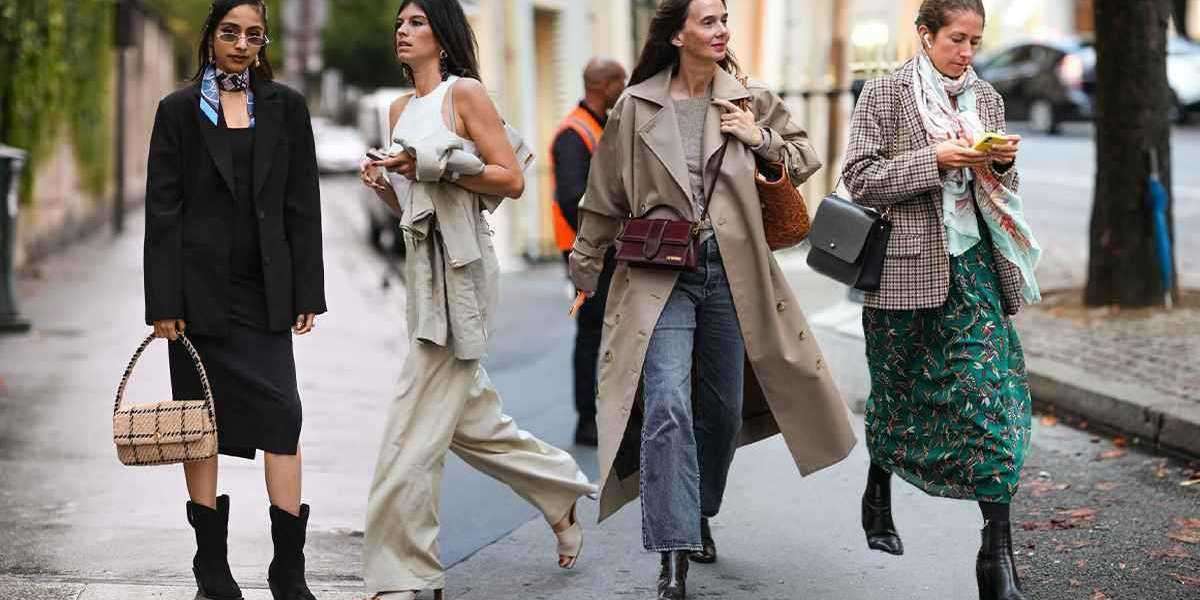In today's fast-paced digital age, versatility and mobility are key. As smartphones become more powerful, professionals, creatives, and students are realizing they can do much more than just call, message, or scroll social media. One device leading this transformation is the Smartphone Docking Station — a compact, powerful tool that turns any smartphone into a full desktop workstation, offering functionality that rivals traditional computers.
A Smartphone Docking Station is a device that allows users to connect their phone to a monitor, keyboard, mouse, and other peripherals. With one simple connection, your handheld device transforms into a multi-functional computer hub, enabling tasks like word processing, spreadsheet editing, video conferencing, coding, design, and even gaming—all on a larger display.
This innovation is ideal for professionals who are constantly on the go. Whether you're working from a hotel room, coffee shop, airport lounge, or even a park, a Smartphone Docking Station ensures you have access to a full work setup without the need for bulky laptops or desktop computers. Simply dock your phone and begin working with a full-screen interface that replicates a desktop experience.
These docking stations work seamlessly with smartphones that support desktop modes such as Samsung DeX, Motorola Ready For, and Huawei EMUI Desktop. Once connected, the phone's interface switches to a desktop-like environment on the external monitor. This setup supports multitasking, allowing you to open multiple apps in resizable windows, access file systems, and use shortcut commands just like a computer.
What makes the Smartphone Docking Station particularly appealing is its minimal setup and ease of use. Many models come with HDMI ports for video output, USB ports for keyboard and mouse input, SD card slots, and even Ethernet ports for stable internet connections. Some even include wireless charging pads, allowing you to charge your device while it’s docked, ensuring uninterrupted productivity.
Creative professionals are among the biggest beneficiaries of this innovation. Graphic designers, video editors, photographers, and digital artists can use editing tools directly from their phones on larger screens with precise input devices. With mobile versions of powerful editing software and cloud integration, tasks once reserved for desktops are now mobile and agile.
Students too find great value in the Smartphone Docking Station. They can attend virtual classes, type assignments, create presentations, and research online—all from their phone. The station eliminates the need for a separate computer, making it a cost-effective and space-saving option for dorm rooms or study nooks.
For gamers, the docking station introduces a new way to enjoy mobile games on bigger screens. With gamepads connected via USB or Bluetooth, users can play high-performance mobile games with console-like control and visibility. Streaming and content creation also become easier, as users can record gameplay or interact with audiences on a larger display.
A major benefit of using a Smartphone Docking Station is the reduction in dependency on multiple devices. With cloud services and increasingly powerful mobile processors, a high-end smartphone combined with a docking station can now serve as your main computer. This is especially useful for minimalists or travelers who want to lighten their tech load.
Additionally, docking stations contribute to better ergonomics. Typing on a full keyboard and viewing content on a larger monitor reduces eye strain, neck pain, and fatigue associated with prolonged smartphone use. It's a productivity and health upgrade rolled into one compact device.
Security is another strong suit. Most smartphones come with biometric security, encrypted storage, and frequent updates. When using a docking station, users retain all the built-in security features of their phone while expanding its functionality. Sensitive files remain on the mobile device, minimizing data exposure.
Business professionals conducting presentations, meetings, or pitches will appreciate how a Smartphone Docking Station enhances communication. With one quick setup, they can project visuals onto large screens, access presentation files, and navigate through data without needing a laptop. This adds a sleek, efficient dynamic to business travel and client engagements.
Docking stations also support multi-device charging and connectivity. Some versions offer USB-C PD (Power Delivery) capabilities, allowing you to charge tablets, headphones, and other accessories from the same dock. This centralization of power and data connections helps declutter workspaces and streamline cable management.
Moreover, modern docking stations are built with portability in mind. Sleek, lightweight, and durable, these devices easily slip into bags and briefcases. Their designs are often minimalist, complementing modern aesthetics while offering practical functionality. Some even have foldable or collapsible formats for ultra-portability.
Compatibility is continually expanding. While earlier docks were limited to specific brands or models, newer versions use universal connectors like USB-C and HDMI, working across Android, iOS (with some limitations), and even small-form laptops or tablets. This makes them an investment in versatile future-proof tech.
For remote workers and digital nomads, the Smartphone Docking Station is a game-changer. Internet cafes, co-working spaces, or hotel rooms can be instantly turned into productive work environments without relying on shared equipment or risking sensitive data. Your entire workflow, from communication to file access, travels securely in your pocket.
As businesses shift to hybrid models and cloud-based ecosystems, using a docking station enables smoother transitions between locations without carrying heavy gear. Teams can collaborate effectively while maintaining flexibility and agility. This aligns perfectly with the modern demand for work-life mobility and digital flexibility.
Even in the realm of smart homes, docking stations have found utility. Users can connect phones to monitors to control smart appliances, monitor security systems, or stream content to home entertainment setups—all from a centralized digital hub.
As the technology continues to evolve, future versions of the Smartphone Docking Station may include wireless screen casting, AI-enhanced interfaces, built-in SSD storage, or even modular designs with expandable components. Integration with augmented reality (AR) and virtual reality (VR) platforms is also on the horizon, turning phones into immersive computing centers.
In conclusion, the Smartphone Docking Station isn’t just a useful accessory—it’s a powerful bridge between the mobility of smartphones and the functionality of desktop computing. Whether you’re a professional seeking efficient travel tools, a student needing affordable solutions, or a gamer looking to elevate your experience, this device offers a new way to work smarter, play better, and stay connected—anywhere, anytime.







